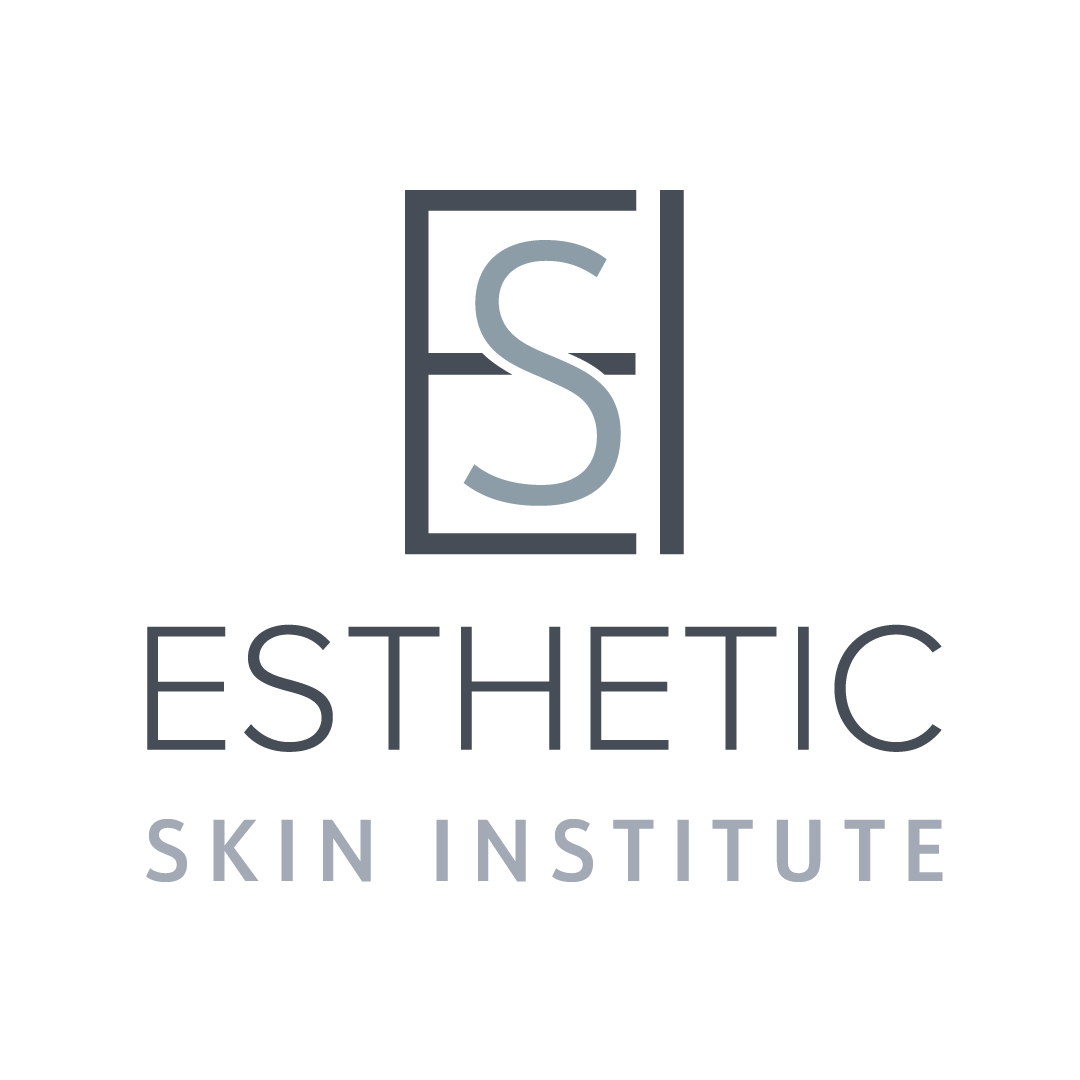Preparing for Your First Medical Esthetic Training Course: A Comprehensive Guide
Entering the world of medical esthetics can be both exciting and overwhelming, especially if you’re preparing for your first training course. Whether you’re aiming to enhance your skill set, expand your practice, or start a new career, proper preparation is key to making the most of your training experience. Here’s a comprehensive guide to help you get ready for your initial medical esthetic training course.
1. Research the Training Program
Before you dive in, it’s crucial to thoroughly research the training program you’ll be attending. Look for details about:
Course Content: Understand the topics and procedures covered, such as Botox, dermal fillers, PRP, or laser treatments.
Instructor Qualifications: Learn about the instructors’ backgrounds, expertise, and teaching methods.
Certification: Ensure the program offers certification upon completion, if that’s important for your career goals.
Reviews and Testimonials: Read reviews from previous students to gauge the quality and effectiveness of the training.
2. Gather Necessary Supplies
Different training programs may require specific supplies or equipment. Check with the training provider for a list of necessary items. Common supplies might include:
Medical Uniform: Professional attire suitable for hands-on procedures.
Notebooks and Pens: For taking notes during lectures and practical sessions.
Personal Protective Equipment (PPE): Such as gloves, masks, and face shields, if required.
3. Review Basic Concepts
Brush up on fundamental concepts related to medical esthetics, including:
Anatomy and Physiology: A basic understanding of facial anatomy and skin physiology is crucial.
Common Terminology: Familiarize yourself with terms related to esthetic procedures and products.
Safety Protocols: Learn about hygiene practices, infection control, and patient safety.
4. Prepare Mentally and Physically
Training can be intense, so it’s essential to prepare both mentally and physically:
Get Adequate Rest: Ensure you’re well-rested before the course begins to stay focused and alert.
Stay Hydrated and Nourished: Maintain a balanced diet and drink plenty of water to keep your energy levels up.
Manage Stress: Practice relaxation techniques to manage any pre-course anxiety.
5. Set Goals for the Training
Define what you hope to achieve from the training. Whether it’s mastering a specific technique, gaining a certification, or expanding your practice, having clear goals will help you stay motivated and focused throughout the course.
6. Engage with Peers and Instructors
Building connections with fellow trainees and instructors can enhance your learning experience:
Network: Introduce yourself and engage in discussions with other participants.
Ask Questions: Don’t hesitate to ask for clarification or further information on topics you find challenging.
Seek Feedback: Request constructive feedback on your techniques and performance.
7. Review Course Materials in Advance
If the training provider offers pre-course materials or reading lists, review them before the class starts. This preparation will give you a head start and make it easier to follow along during the training.
8. Plan Logistics
Ensure all logistical aspects are covered:
Travel Arrangements: If the course is not local, arrange transportation and accommodation in advance.
Course Schedule: Familiarize yourself with the schedule to manage your time effectively and ensure punctuality.
9. Prepare for Hands-On Practice
Hands-on practice is a critical component of medical esthetic training. Be ready to:
Practice Techniques: Apply the techniques you learn under the guidance of instructors.
Receive and Provide Feedback: Engage in peer practice and be open to constructive criticism.
10. Post-Training Follow-Up
After completing your training, consider the following:
Continued Education: Look for additional courses or workshops to further your knowledge and skills.
Certification and Licensing: Ensure you complete any necessary steps to obtain certification or licensing.
Apply What You’ve Learned: Start applying your new skills in a clinical setting or practice environment.
By following these preparation tips, you’ll be well-equipped to make the most of your medical esthetic training course and set yourself up for success in this dynamic field. Good luck, and enjoy your journey into medical esthetics!

